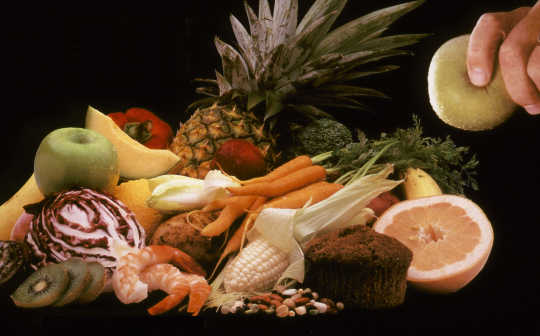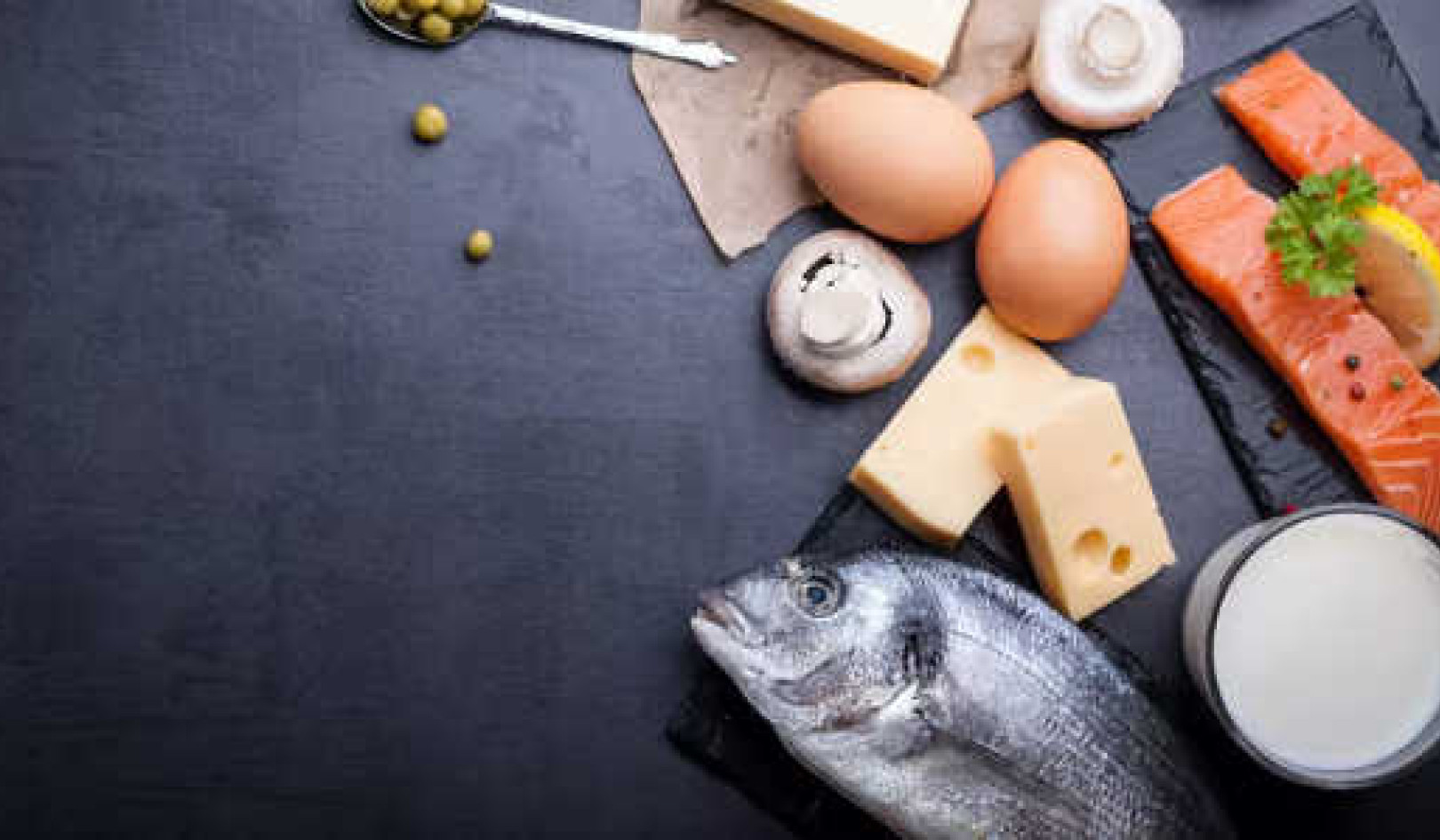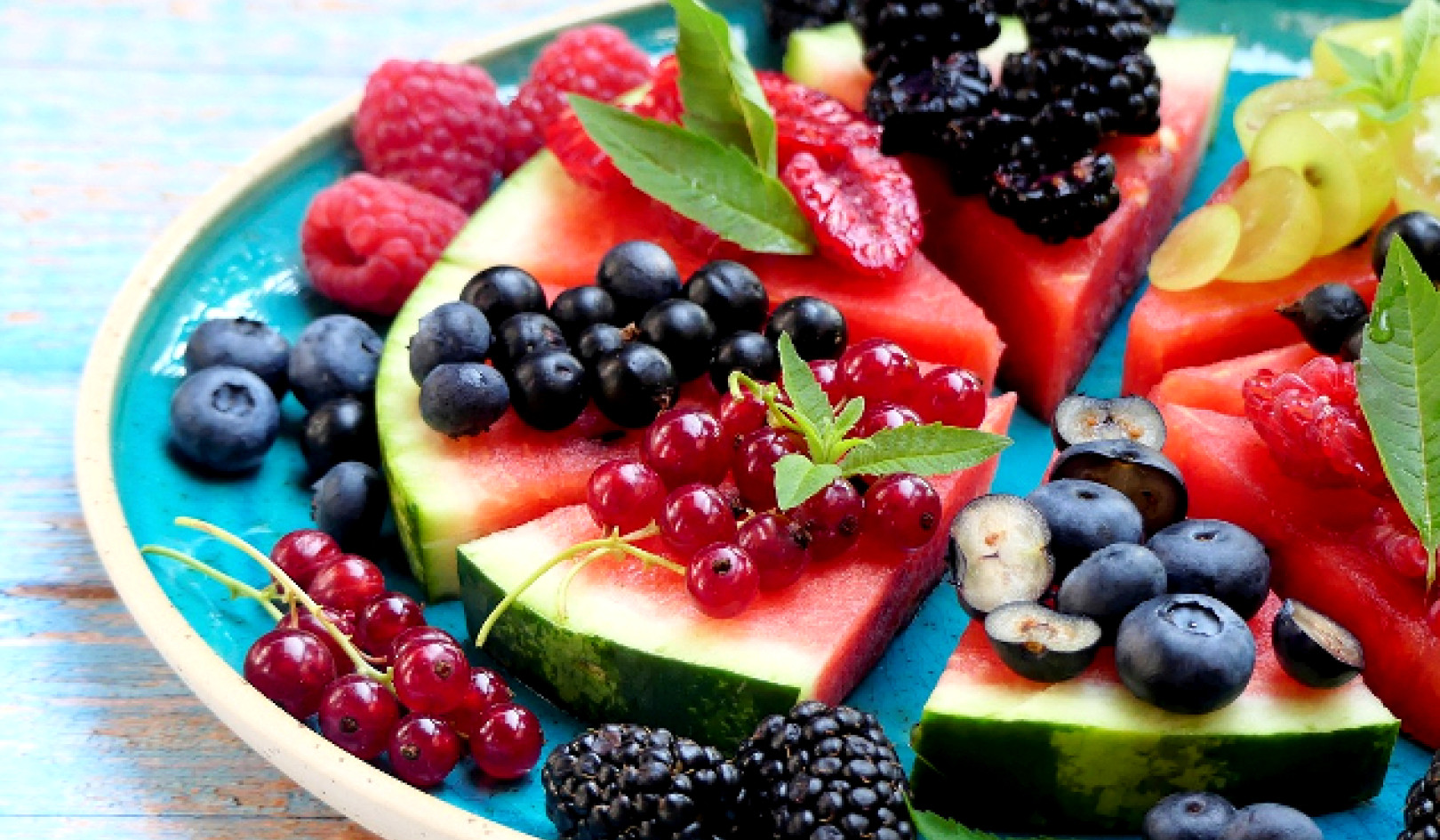
Most people consume way too much salt. Edelweiss Wentzel-Viljoen and Alta Schutte explain why it is important to watch your intake.
What are the biggest salt carriers over holiday periods?
For most people being on holiday means abandoning routine eating. This means nibbling on salty snacks like potato crisps, and eating heavily spiced meat.
The World Health Organisation recommends that we consume less than five grams (5000mg) of salt a day. But it can be difficult to work out your daily salt intake given that most food labels only list sodium content. Salt and sodium are not the same thing. To calculate the salt content, multiply the sodium content (in mg) on the food label by 2.5. For example, 2g of sodium (or 2000mg) is the same as 5g (5000mg) of salt.
A large (125g) packet of potato crisps has a sodium content of between 730mg and 1800mg depending on the brand and flavour. The salt and vinegar flavour, for example, has an even higher sodium content.
Eating 100 grams of dried sausage means that you take in 1600mg sodium while 100 grams of biltong – a South African dried meat delicacy – results in more than 2000mg of sodium.
But there are many other products that contribute to salt intake. For example, a portion of instant “2-minute” noodles contains between 800mg and 1600mg of sodium. And other easy to prepare products such as a 200g portion of crispy crumbed chicken provides nearly the full content sodium for the day.
Sandwiches – and especially those with cold meats – also have high levels of salt. About 30g of salami has 560mg of sodium while 30g of ham has 400mg of sodium.
There are steps you can take to reduce salt intake. In the case of potato crisps, read the label and compare the sodium content. Choose the one with the lowest. Eating a smaller portion is also advisable.
And there are healthy alternatives to nibble on. For example, fresh vegetables like cherry tomatoes, celery, carrots, cucumber and mushrooms can be eaten with a dip made of low-fat cottage cheese and avocado.
For flavouring meat use lemon or black pepper and “normal” salt rather than spices.
What does salt do to the body?
There is more than enough scientific evidence to show that high salt intake contributes to raised blood pressure (hypertension) which leads to heart disease.
South Africans consume between 7.8 and 9.5g of salt per day. This is equivalent to one and a half teaspoons of salt a day, far exceeding the World Health Organisation’s 5g a day (one teaspoon) recommendation. The World Health Organisation estimates that the global mean intake is around 10g of salt per person daily.
As a result of this high salt intake, hypertension is one of the leading causes of renal disease, heart disease and stroke in the country.
A South African study shows that high blood pressure is responsible for 38% of all strokes.
The “problem” is that the effects of excessive salt may take many years to develop into hypertension. People with hypertension do not feel sick and rarely display telltale symptoms. This is why hypertension is known as the so-called “silent” killer.
Can you work salt out of your system after a binge? Is it possible, and if so how long does it take?
Every living cell in the strongly depends on sodium to function. Our kidneys have to manage the total salt and water balance in the body and dispose additional sodium (through urine) to keep a very specific level of sodium in our blood and cells.
After a salt binge you become very thirsty and take in more fluids. The cycle of how quickly the salt is excreted is quite complex but it should be excreted within the next week.
But our bodies adjust to higher sodium levels if our salt intake is high over a long period of time. This is very harmful because it leads to higher blood pressure which leads to stroke and heart disease.
![]()
About The Authors
Edelweiss Wentzel-Viljoen, Dietitian and Nutritionist, North-West University and Alta Schutte, MRC Unit Director: Hypertension and Cardiovascular Disease, North-West University
This article was originally published on The Conversation. Read the original article.
Related Books
at InnerSelf Market and Amazon























